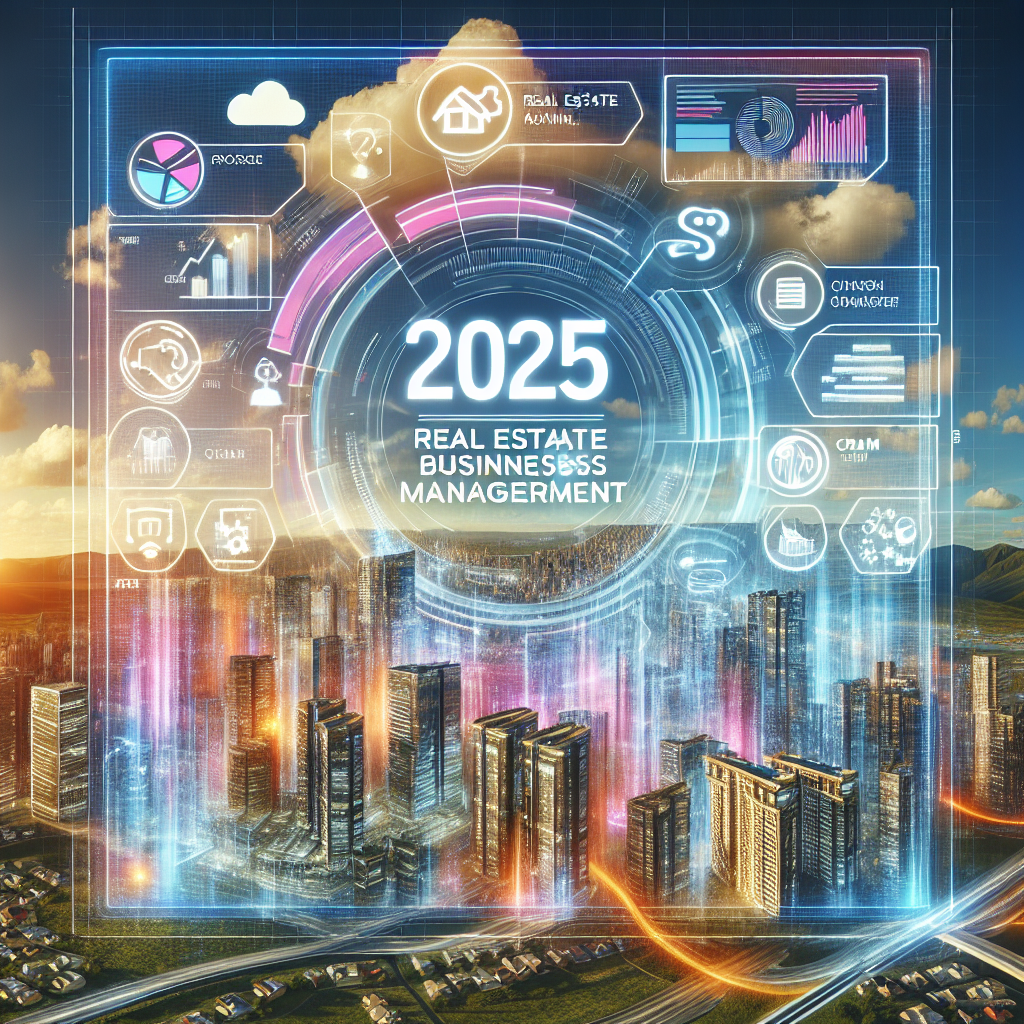Customer Relationship Management (CRM) has evolved from a simple database system to a critical business strategy that can make or break a company’s success. In today’s hyper-competitive marketplace, 91% of businesses with more than 11 employees now use crm customer relationship management, yet only 47% report successful implementation that delivers measurable ROI. This disconnect highlights the enormous potential that remains untapped in most organizations. The growing CRM market, projected to reach $145.79 billion by 2029, underscores the critical importance of mastering crm customer relationship management. This article explores seven revolutionary crm customer relationship management that not only streamline operations but fundamentally transform how businesses connect with customers, driving unprecedented growth and loyalty in an increasingly digital world. crm customer relationship management
The Evolution of Modern CRM Systems
From Simple Databases to AI-Powered Relationship Engines
The journey of CRM technology has been nothing short of remarkable. What began as basic contact management software in the 1980s has transformed into sophisticated, AI-driven platforms that predict customer needs before they arise. According to Gartner research, businesses that deployed AI capabilities within their CRM activities saw a 50% increase in leads, 60% cost reduction, and 40% improvement in customer satisfaction.
“CRM is no longer just about tracking customer interactions—it’s about creating a comprehensive ecosystem that anticipates needs and delivers personalized experiences at scale,” says Dr. Martha Johnson, Chief Customer Officer at Salesforce. “Organizations that view CRM as merely a digital Rolodex are missing its transformative potential.”
Key Components of Modern CRM Systems
- Customer Data Management: Centralized repository for all customer information
- Sales Automation: Streamlining the sales process from lead generation to closing
- Marketing Automation: Coordinating marketing campaigns across multiple channels
- Service Automation: Managing customer service requests and support tickets
- Analytics and Reporting: Generating insights from customer data
- AI and Predictive Analysis: Forecasting customer behavior and needs
CRM Market Leaders Comparison 2025
| CRM Platform | Market Share | AI Capabilities | Integration Options | Starting Price | Customer Satisfaction |
|---|---|---|---|---|---|
| Salesforce | 23.8% | Advanced | 3,000+ apps | $25/user/month | 4.5/5 |
| Microsoft Dynamics | 16.4% | Intermediate | Microsoft ecosystem | $40/user/month | 4.2/5 |
| HubSpot | 14.7% | Advanced | 1,000+ integrations | $20/user/month | 4.7/5 |
| Oracle | 7.8% | Advanced | 700+ connections | $65/user/month | 3.9/5 |
| Zoho CRM | 6.5% | Intermediate | 800+ integrations | $14/user/month | 4.3/5 |
The ROI of CRM Implementation
Recent data from Nucleus Research indicates that CRM delivers an average of $8.71 for every dollar spent, making it one of the highest-ROI business technologies available. However, successful implementation requires more than just purchasing software—it demands strategic planning, employee buy-in, and ongoing optimization.
Strategy 1: Implement Customer-Centric Data Architecture
Breaking Down Data Silos
One of the most significant barriers to effective CRM is the fragmentation of customer data across different departments and systems. A recent McKinsey study found that companies with integrated customer data outperform peers by 23% in revenue growth.
To break down these silos:
- Conduct a comprehensive audit of all customer data sources
- Develop a unified customer identity framework
- Implement real-time data synchronization protocols
- Create cross-functional data governance teams
- Establish clear data ownership and stewardship policies
Building the 360-Degree Customer View
The holy grail of CRM is achieving a complete, real-time view of each customer across all touchpoints. This comprehensive profile enables personalization at scale and predictive engagement strategies.
“The businesses that will thrive in the next decade are those that can instantly access and activate the full context of every customer relationship,” explains Wei Zhang, CTO of CustomerIQ. “This isn’t just about having data—it’s about having the right data at the right time in an actionable format.”
Strategy 2: Harness AI and Predictive Analytics
Beyond Basic Automation
While 83% of organizations now use some form of CRM automation, only 27% have deployed advanced AI capabilities. The differentiation potential is enormous for companies willing to invest in next-generation analytics.
Modern AI-powered CRM capabilities include:
- Predictive Lead Scoring: Identifying the most promising prospects based on behavioral patterns
- Sentiment Analysis: Gauging customer emotions through text and voice interactions
- Next-Best-Action Recommendations: Suggesting optimal follow-up activities for sales and service teams
- Churn Prediction: Identifying at-risk customers before they leave
- Lifetime Value Forecasting: Projecting the long-term value of customer relationships
Case Study: RetailGiant’s AI Transformation
RetailGiant implemented AI-driven customer segmentation and achieved:
- 34% increase in email marketing conversion rates
- 27% reduction in customer churn
- 41% improvement in cross-selling success
“We moved from basic demographic segmentation to predictive behavior modeling,” says RetailGiant’s CMO, Lisa Washington. “This allowed us to anticipate customer needs rather than simply reacting to them.”
Strategy 3: Prioritize Mobile-First Engagement
Meeting Customers Where They Are
With mobile devices accounting for 70% of digital media time, CRM strategies must prioritize mobile-first engagement. This extends beyond responsive design to include:
- Location-Based Personalization: Delivering contextually relevant offers based on physical location
- In-App Messaging: Providing support and engagement within mobile applications
- SMS Marketing Integration: Coordinating text-based campaigns with other channels
- Mobile Payment Options: Reducing friction in the mobile purchase process
- Offline Functionality: Ensuring CRM tools function without constant connectivity
The Rise of Conversational CRM
Conversational interfaces represent the next frontier in mobile CRM engagement. Gartner predicts that by 2026, 75% of customer interactions will occur through conversational platforms. Leading companies are already integrating WhatsApp, Facebook Messenger, and proprietary messaging into their CRM ecosystems.
Strategy 4: Create Seamless Omnichannel Experiences
Beyond Multichannel Presence
While multichannel marketing focuses on being present across different platforms, omnichannel CRM creates a consistent, seamless experience regardless of how customers choose to engage. Research by Aberdeen Group found that companies with strong omnichannel customer engagement retain an average of 89% of their customers, compared to 33% for companies with weak omnichannel strategies.
Key elements of successful omnichannel implementation include:
- Channel-Agnostic Customer Profiles: Maintaining unified customer data across all touchpoints
- Consistent Messaging: Ensuring brand voice and offers remain coherent across channels
- Cross-Channel Journey Mapping: Understanding how customers move between channels
- Contextual Handoffs: Preserving context when customers switch from one channel to another
- Integrated Metrics: Measuring success holistically rather than by channel
Omnichannel Success Metrics
| Metric | Industry Average | Top Performers |
|---|---|---|
| Cross-Channel Conversion Rate | 5.7% | 12.1% |
| Customer Retention Rate | 61% | 89% |
| Average Order Value | +15% | +40% |
| Customer Satisfaction Score | 71/100 | 88/100 |
| First Contact Resolution | 67% | 85% |
Strategy 5: Embrace Customer Success Management
Moving Beyond Traditional Customer Service
Customer Success Management (CSM) represents an evolution from reactive support to proactive value creation. This approach has become particularly critical for subscription-based businesses, where revenue depends on ongoing customer satisfaction and renewal.
“Customer success is the business methodology of ensuring customers achieve their desired outcomes while using your product or service,” explains Nick Mehta, CEO of Gainsight. “It’s a company-wide commitment to ensuring customers receive continuous value.”
Components of effective Customer Success Management include:
- Value Realization Tracking: Measuring how customers achieve their goals with your product
- Health Scoring: Creating composite metrics to assess relationship strength
- Proactive Outreach Programs: Intervening before problems arise
- Customer Education Initiatives: Building customer capability and confidence
- Success Planning: Collaborating with customers on achieving their objectives
The Financial Impact of Customer Success
Research by Bain & Company demonstrates that a 5% increase in customer retention can increase profits by 25% to 95%. Companies with mature customer success programs report:
- 24% lower churn rates
- 27% faster customer onboarding
- 34% higher expansion revenue
- 42% more referrals
Strategy 6: Develop a Voice of the Customer Program
Systematic Feedback Collection
Voice of the Customer (VoC) programs systematically gather and analyze customer feedback across all touchpoints. When integrated with CRM data, these insights drive continuous improvement and innovation.
Effective VoC programs incorporate multiple feedback channels:
- Relationship Surveys: Measuring overall satisfaction and loyalty
- Transactional Surveys: Capturing feedback after specific interactions
- Focus Groups: Gathering in-depth qualitative insights
- Social Media Monitoring: Tracking unsolicited feedback
- Customer Advisory Boards: Engaging key customers in strategic discussions
“The mistake many companies make is collecting feedback without closing the loop,” warns customer experience expert Jeanne Bliss. “Effective VoC programs don’t just gather data—they trigger action and communicate those actions back to customers.”
Implementing a Closed-Loop Feedback System
A closed-loop feedback system ensures that customer input drives tangible improvements:
- Collect feedback across multiple channels
- Analyze and categorize issues and opportunities
- Distribute insights to relevant teams
- Take action to address concerns or leverage suggestions
- Communicate changes back to customers
- Measure impact of implemented changes
Strategy 7: Leverage CRM for Strategic Decision-Making
From Operational Tool to Strategic Asset
The most sophisticated organizations have elevated CRM from an operational tool to a strategic decision-making platform. This transformation requires:
- Executive Dashboard Development: Creating high-level views of key performance indicators
- Predictive Market Modeling: Using aggregate customer data to forecast market trends
- Competitive Intelligence Integration: Incorporating competitive data into customer context
- Scenario Planning Capabilities: Modeling the impact of different strategic choices
- Resource Allocation Optimization: Directing investments based on customer potential
“When fully leveraged, CRM becomes the central nervous system of the organization,” says business strategist Geoffrey Moore. “It doesn’t just execute strategy—it helps shape it.”
CRM-Driven Strategic Use Cases
- Market Expansion Planning: Identifying high-potential new segments or territories
- Product Development Prioritization: Aligning innovation with customer needs
- Merger & Acquisition Evaluation: Assessing customer portfolio compatibility
- Brand Positioning Refinement: Understanding perception drivers and differentiation
- Pricing Strategy Optimization: Determining willingness-to-pay across segments
The Future of Customer Relationships
As we look ahead, it’s clear that CRM will continue to evolve from a technology solution into a fundamental business philosophy. The organizations that thrive will be those that view customer relationships as their most valuable asset and invest accordingly.
The seven strategies outlined in this article—implementing customer-centric data architecture, harnessing AI, prioritizing mobile engagement, creating seamless omnichannel experiences, embracing customer success, developing voice of the customer programs, and leveraging CRM for strategic decision-making—provide a roadmap for transformation.
By implementing these approaches, businesses can expect not only improved operational efficiency but also stronger customer loyalty, increased lifetime value, and sustainable competitive advantage in an increasingly customer-centric economy.
Ready to transform your customer relationships? Begin by assessing your current CRM maturity and identifying your highest-priority opportunities for advancement. Remember that successful CRM implementation is not a destination but a journey of continuous improvement and adaptation to evolving customer expectations.

